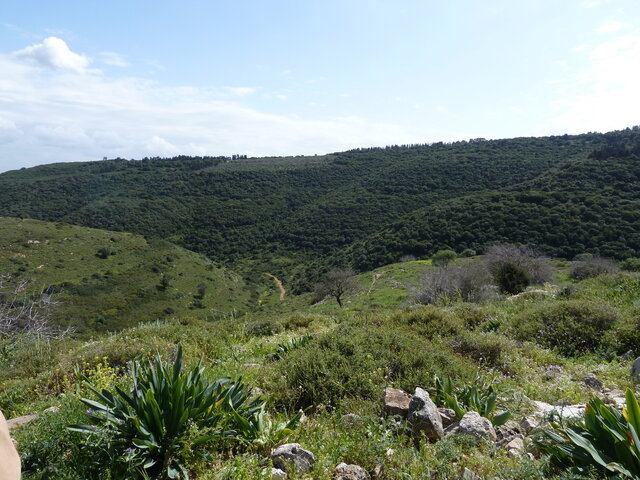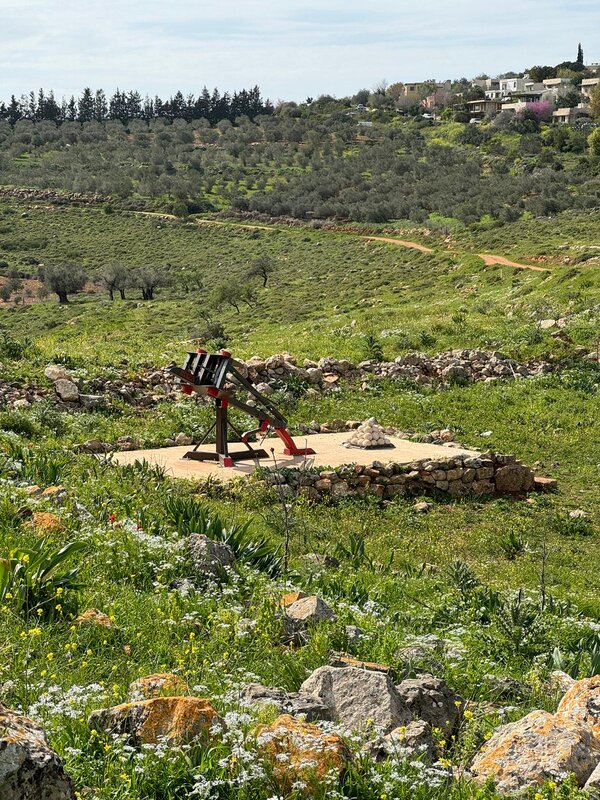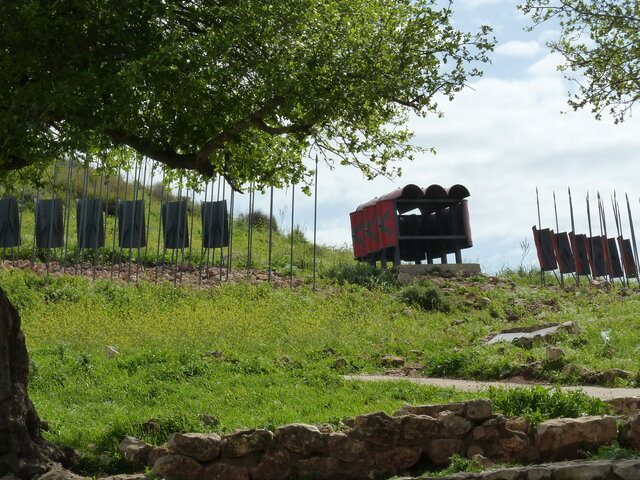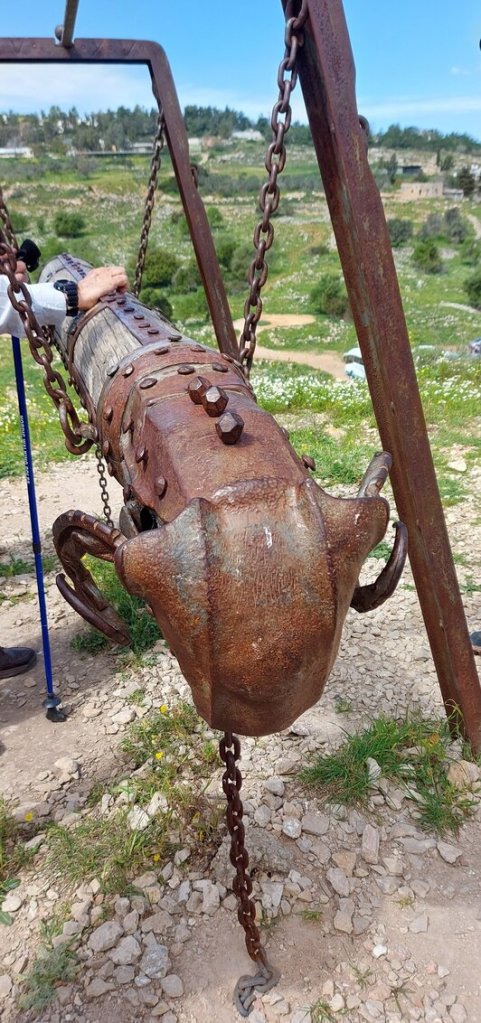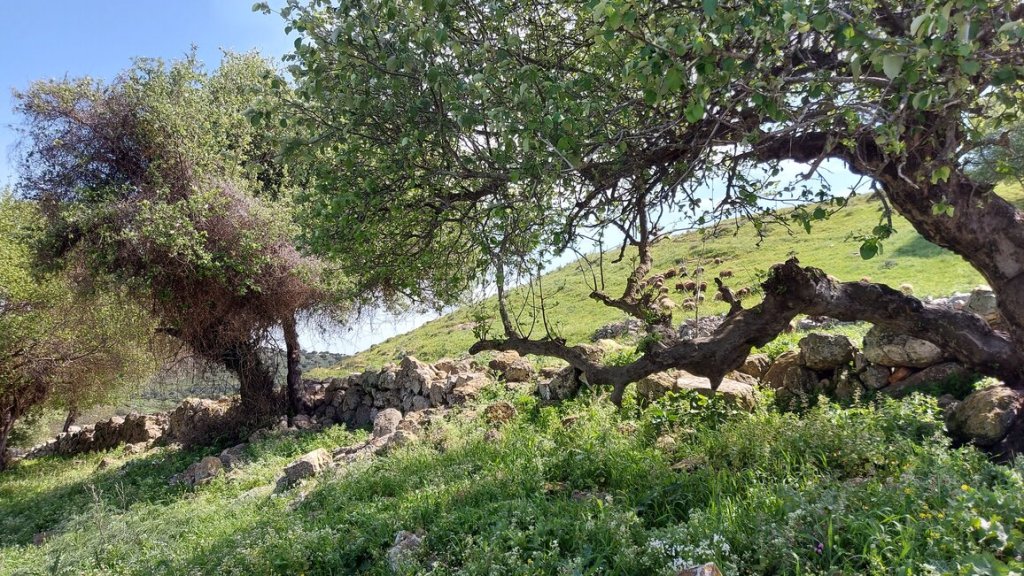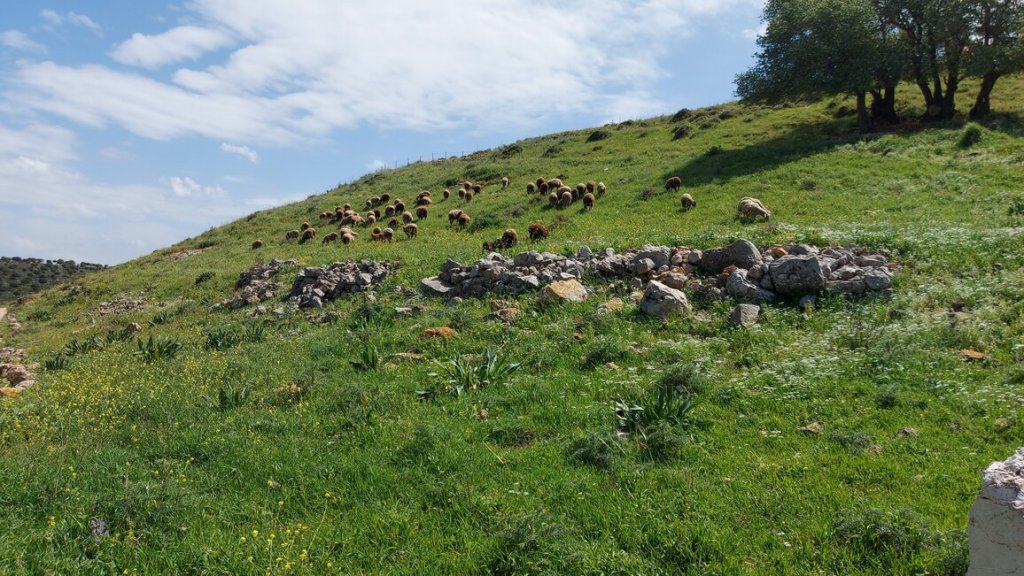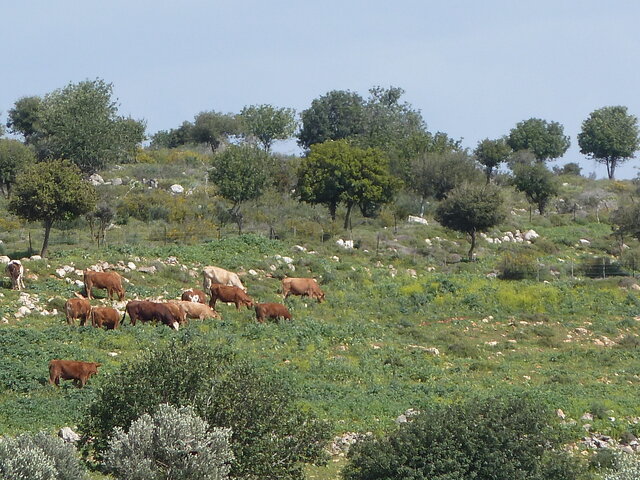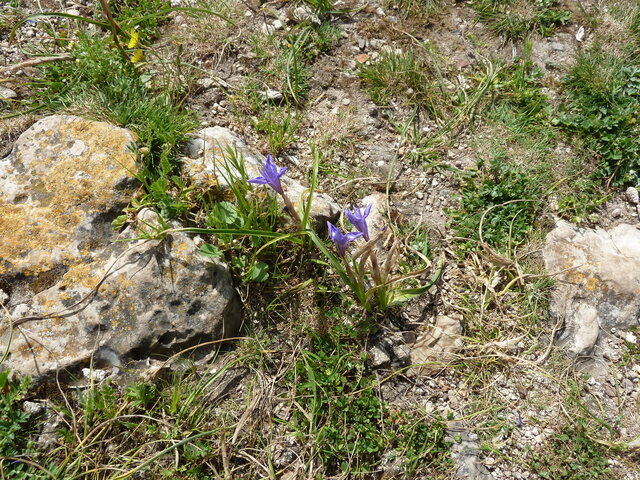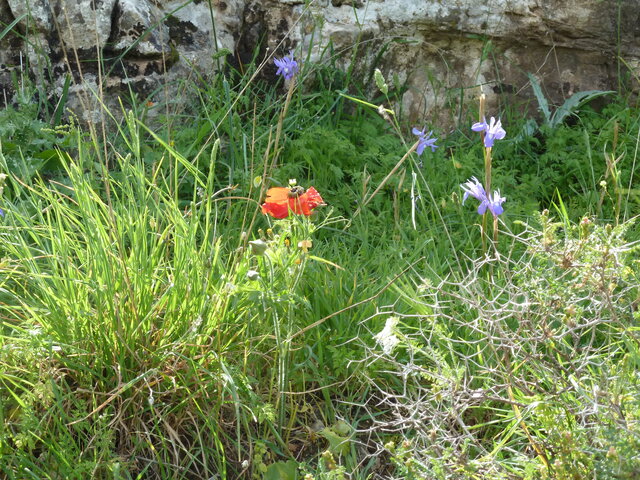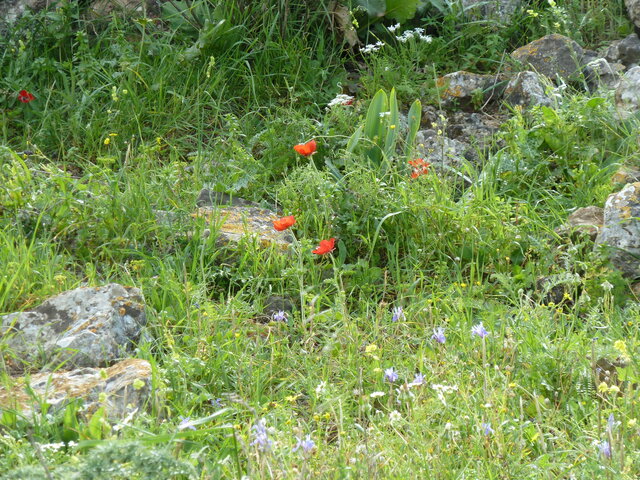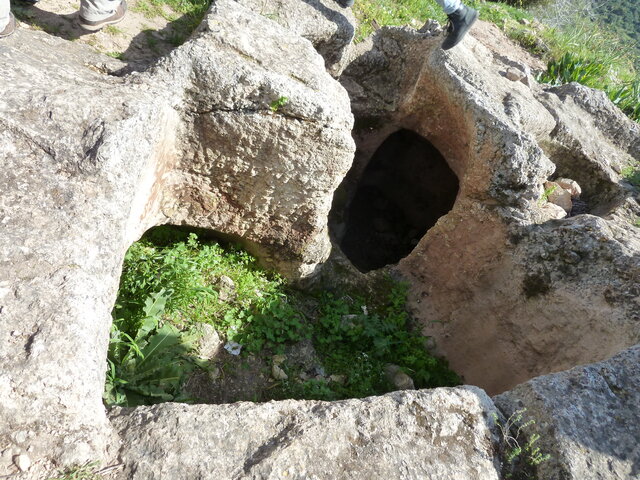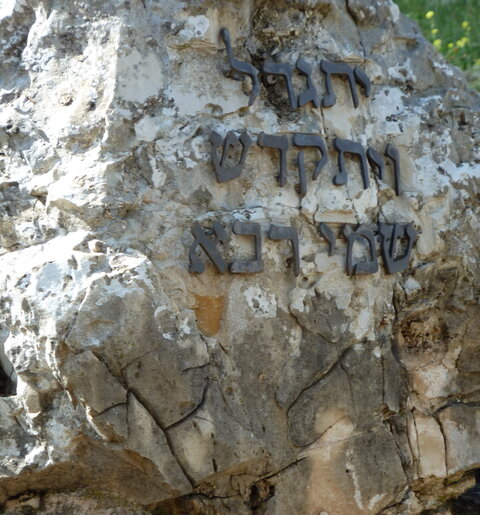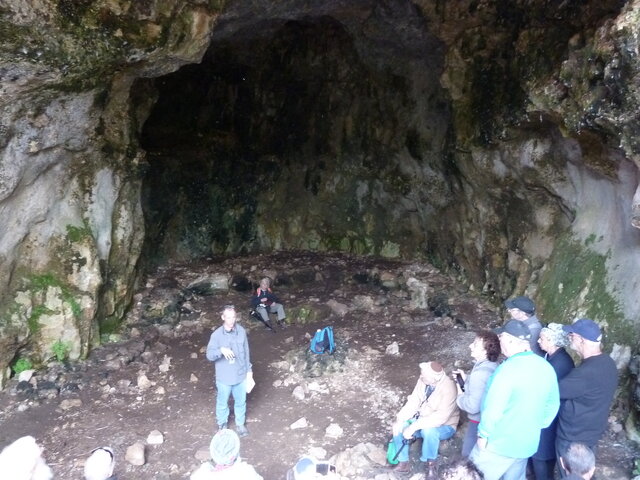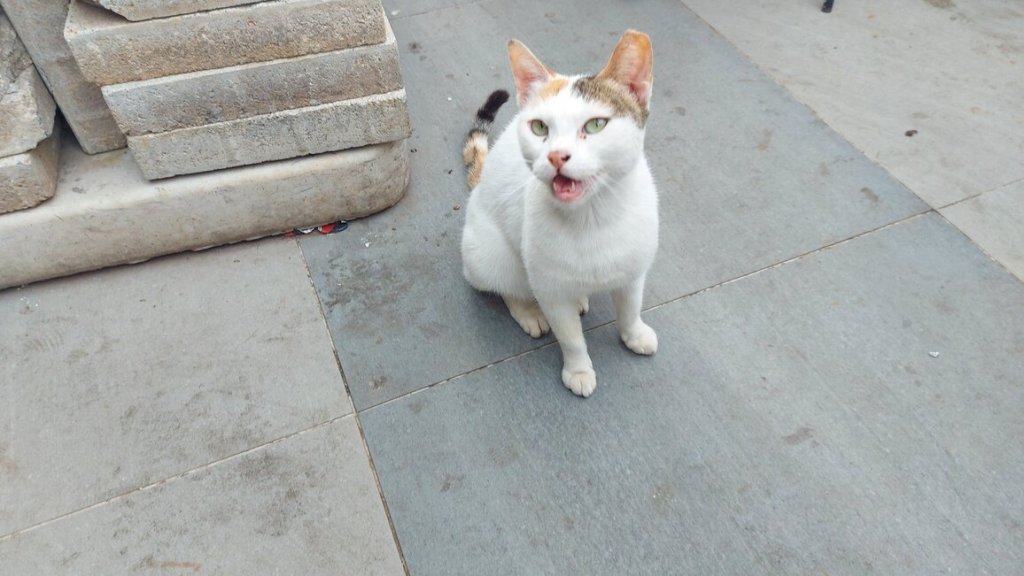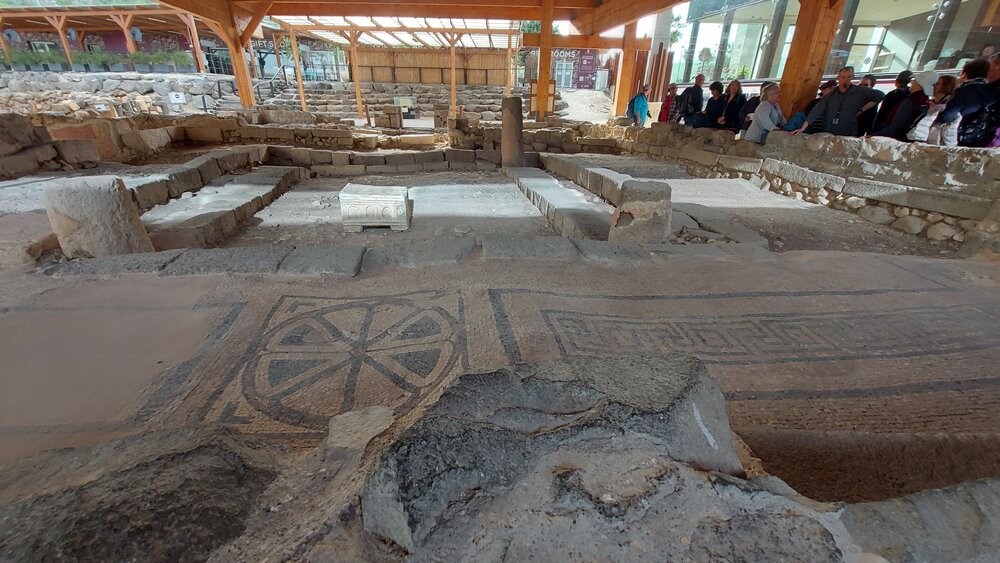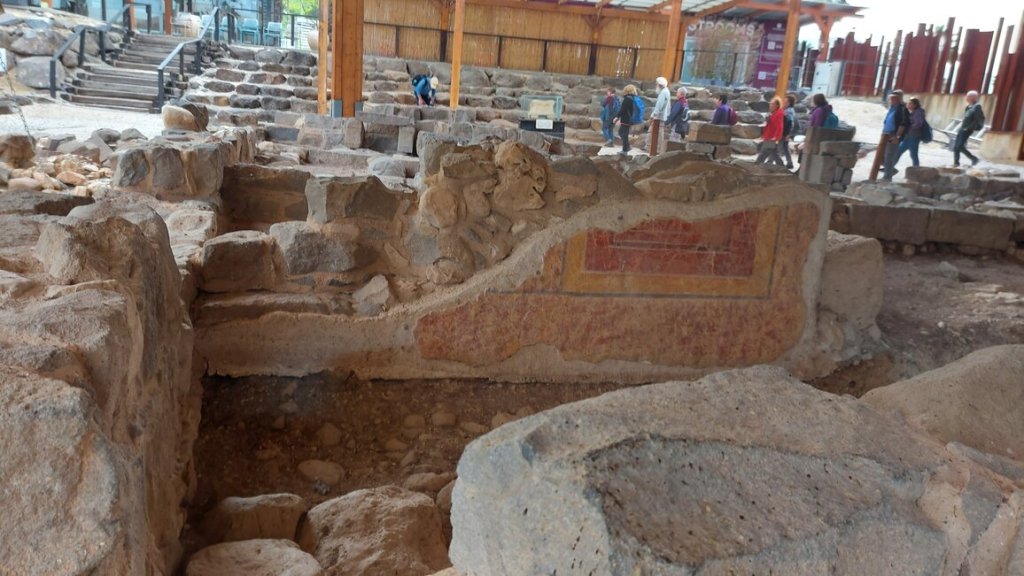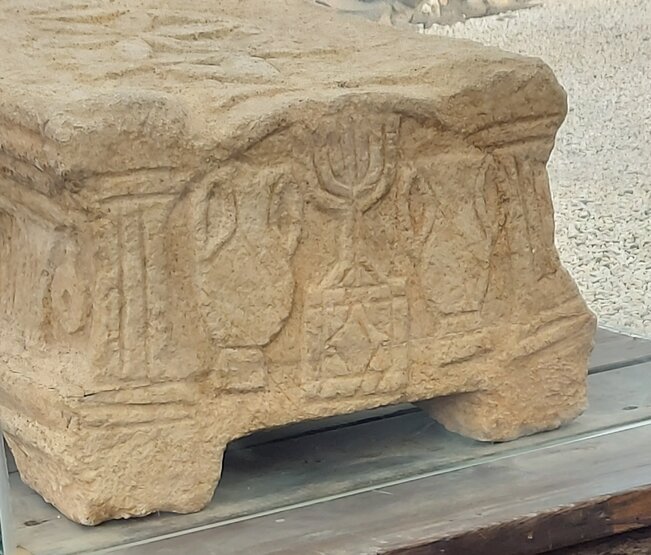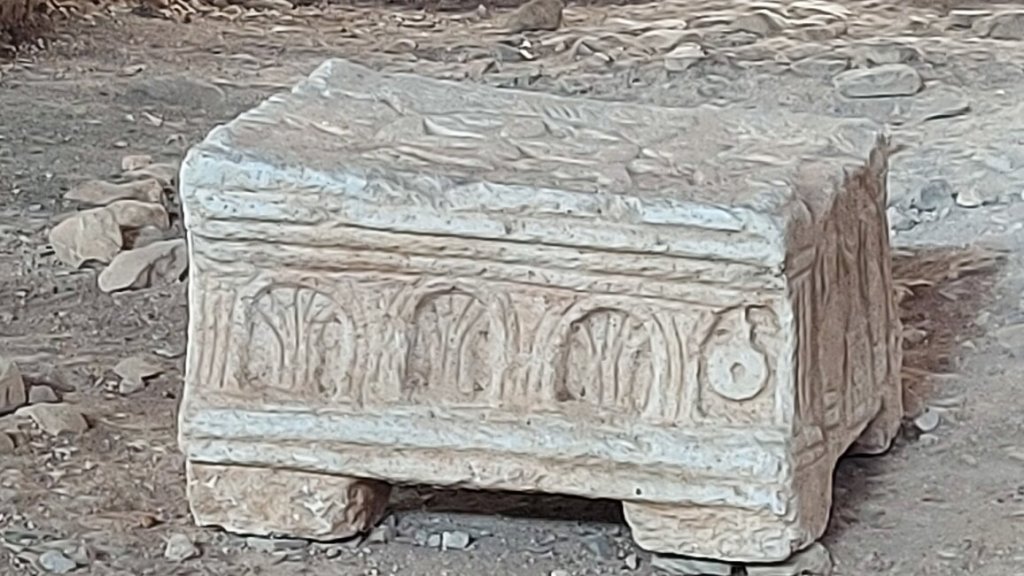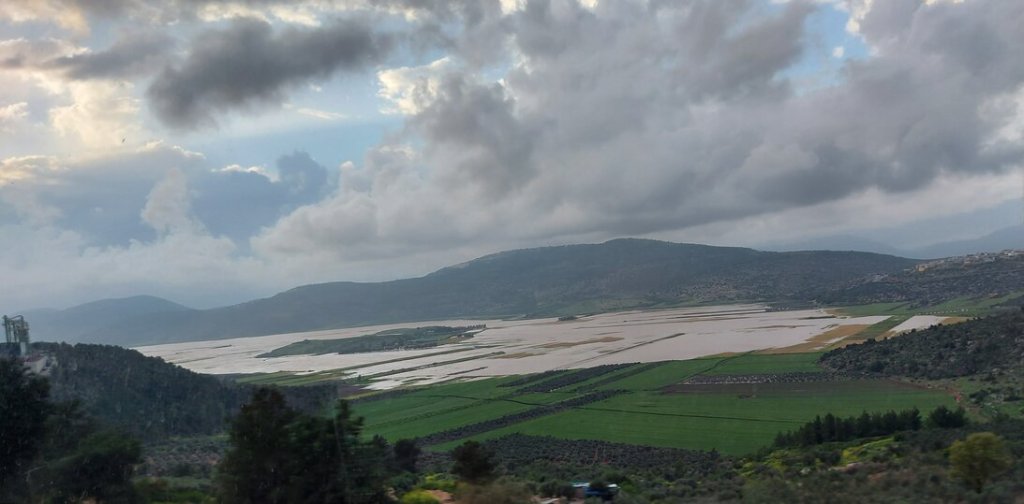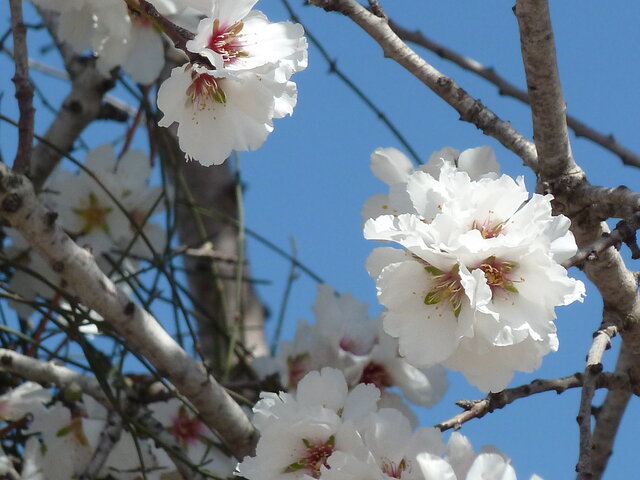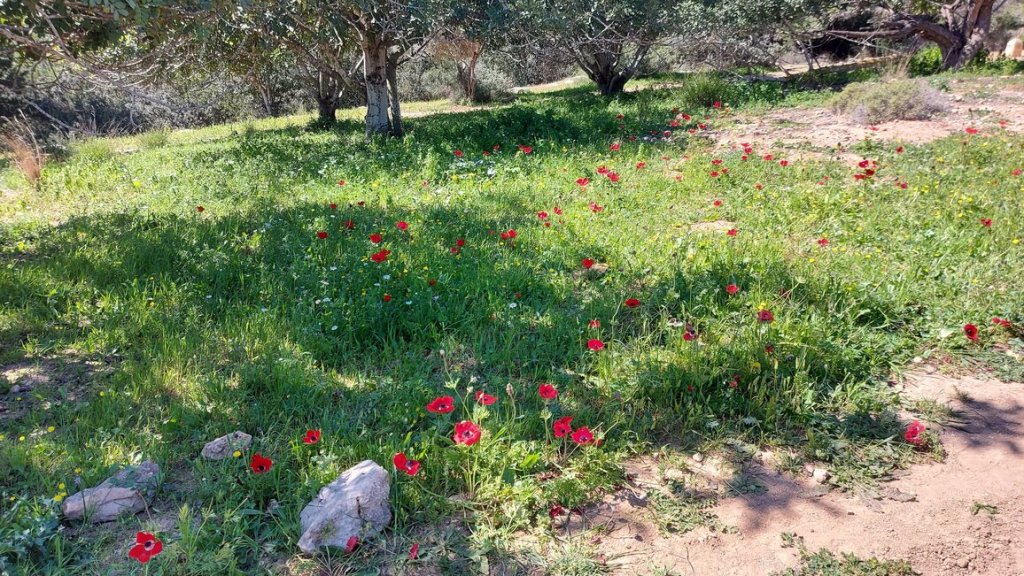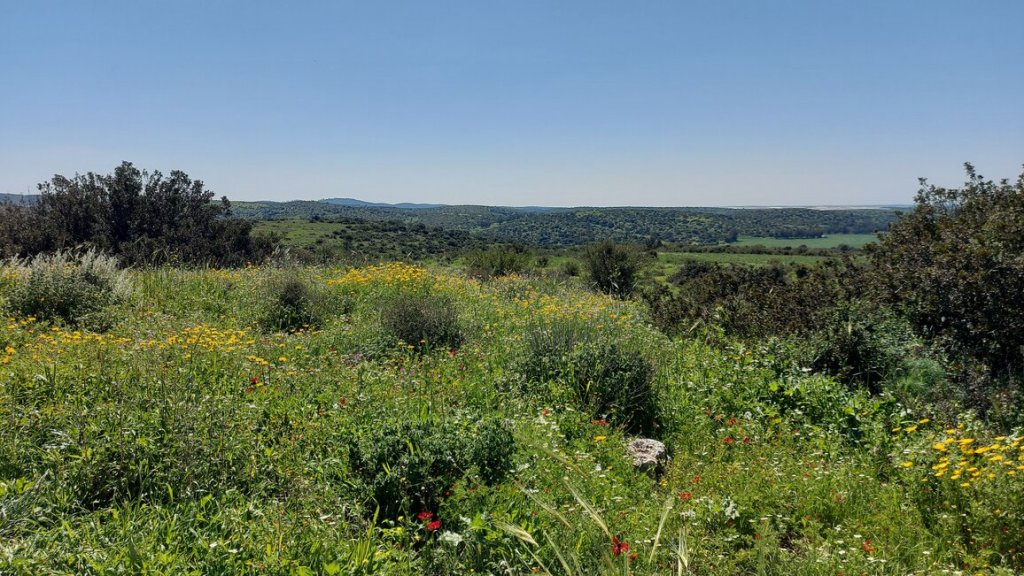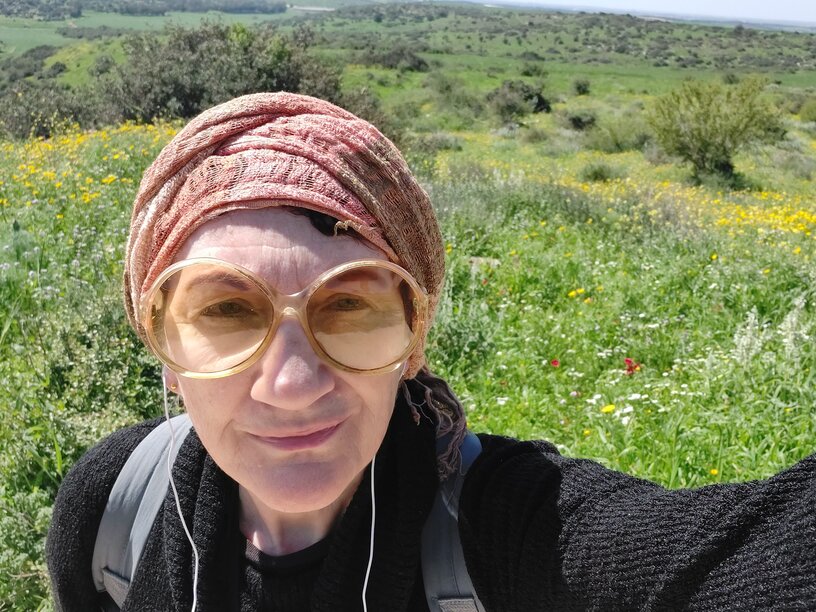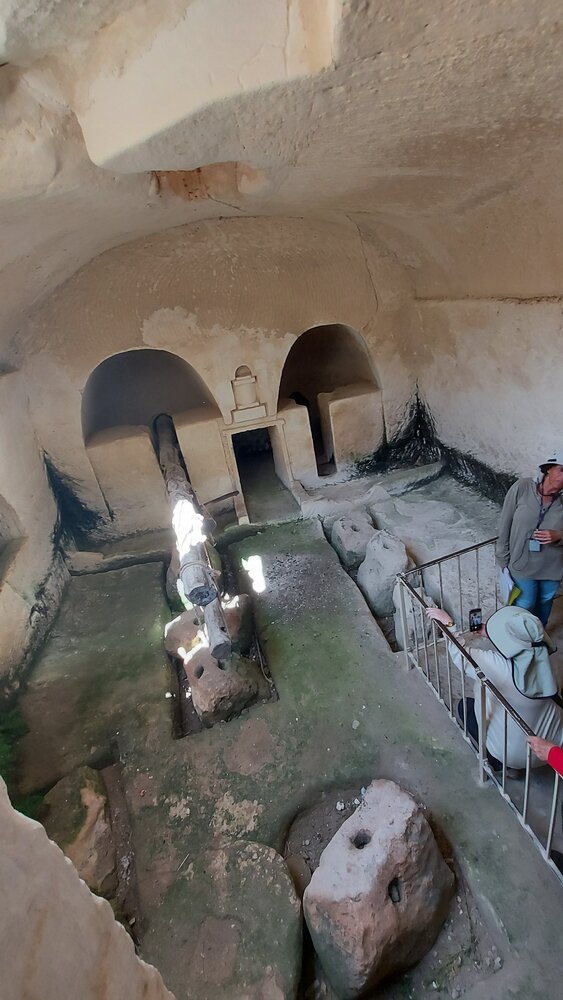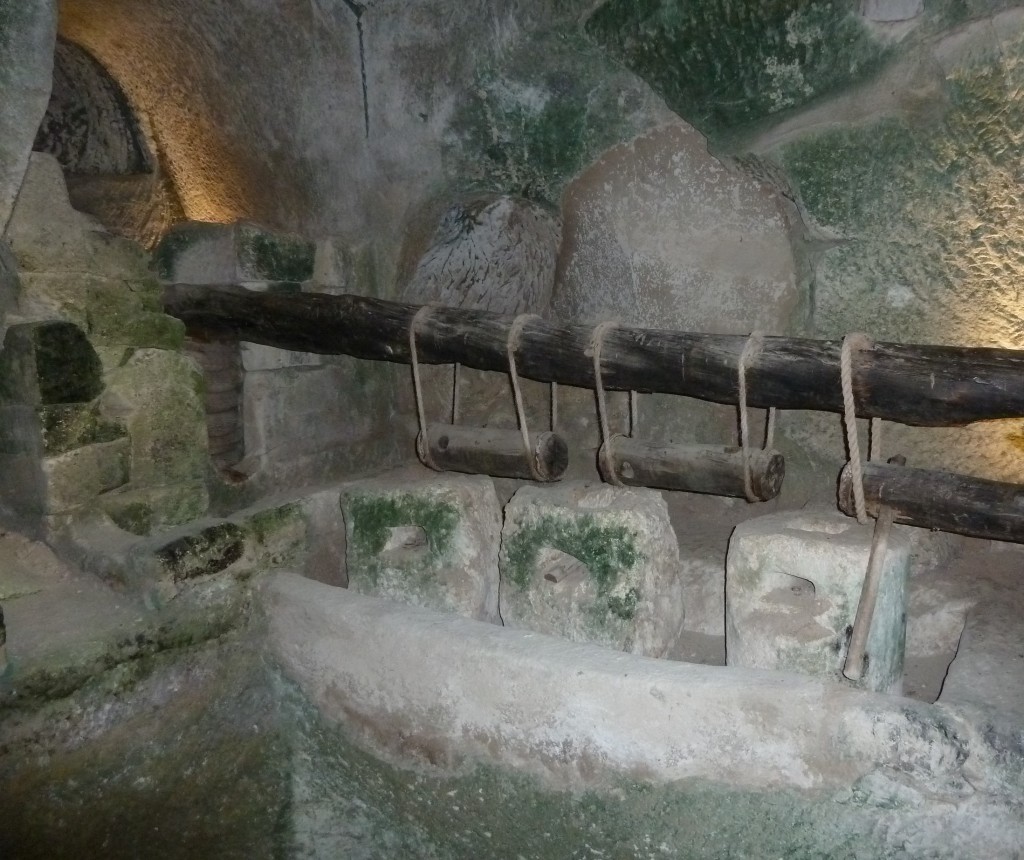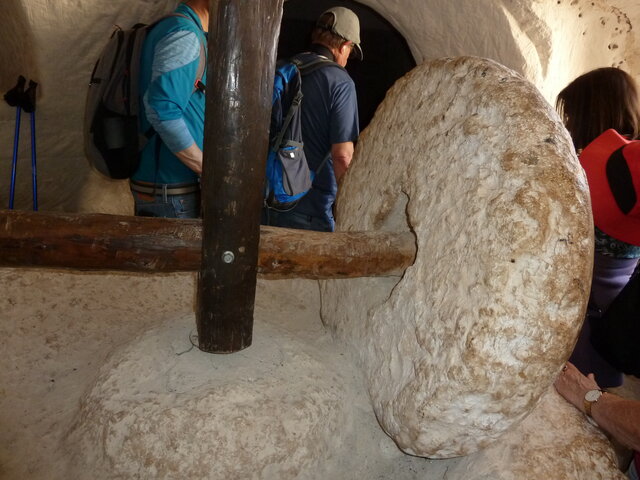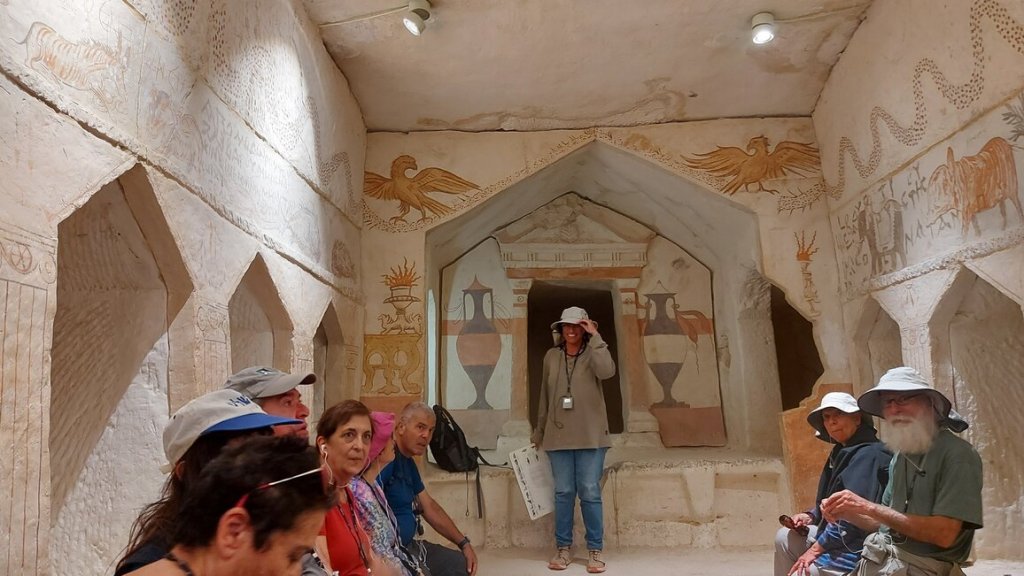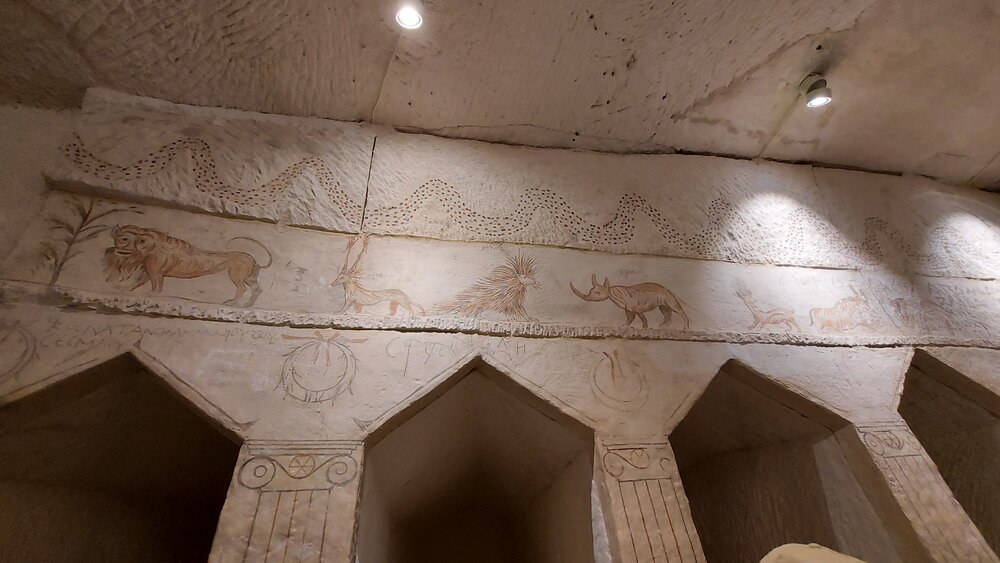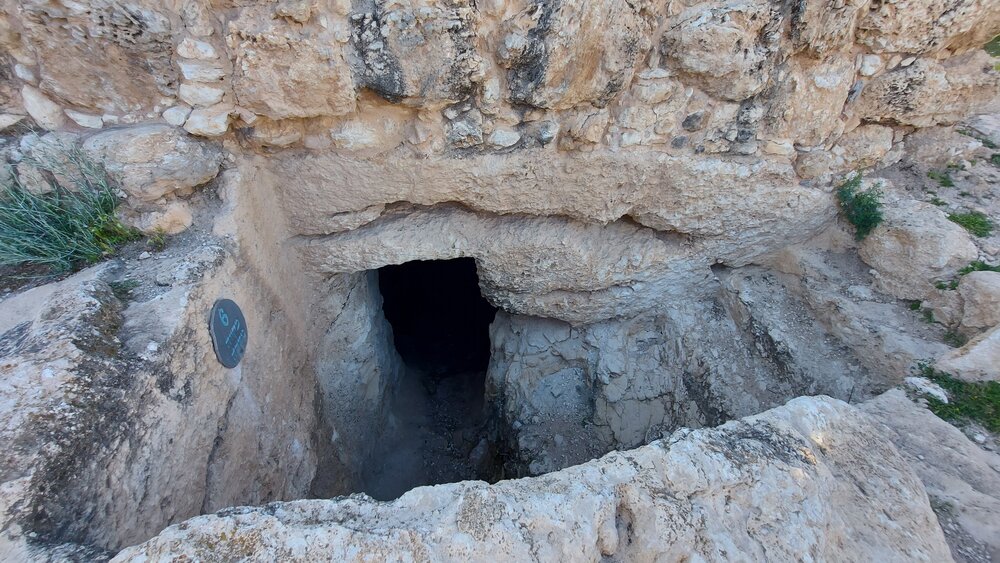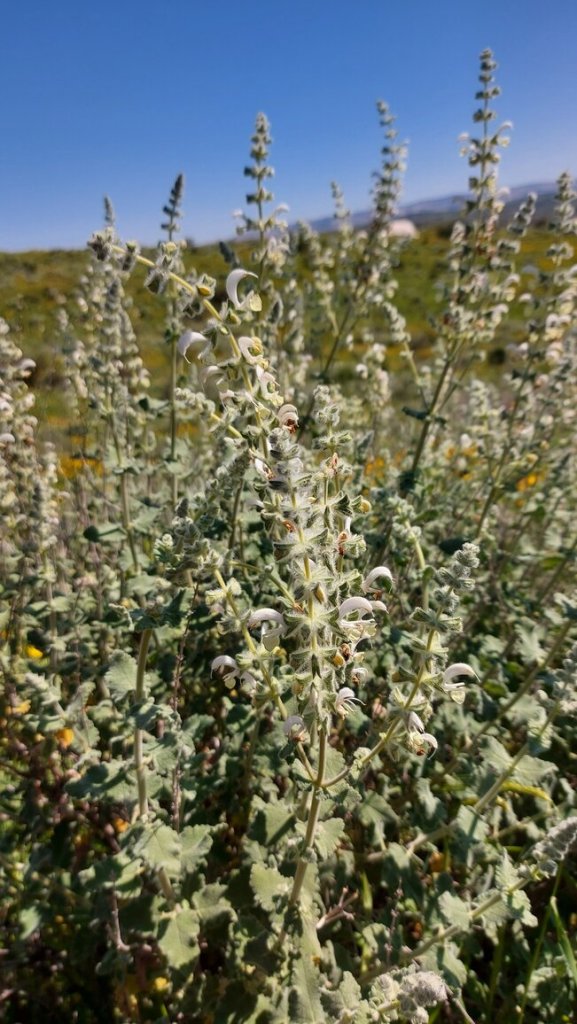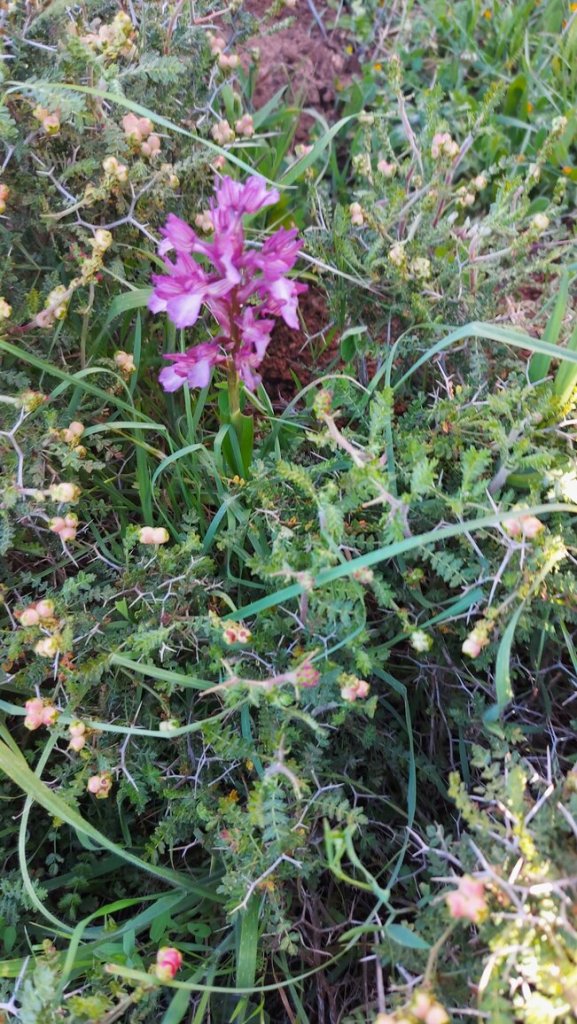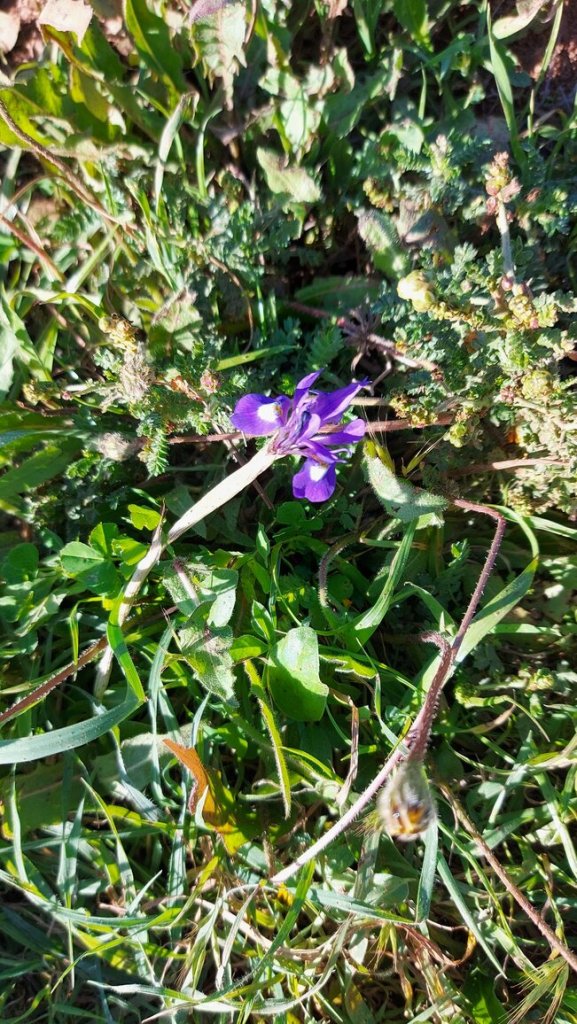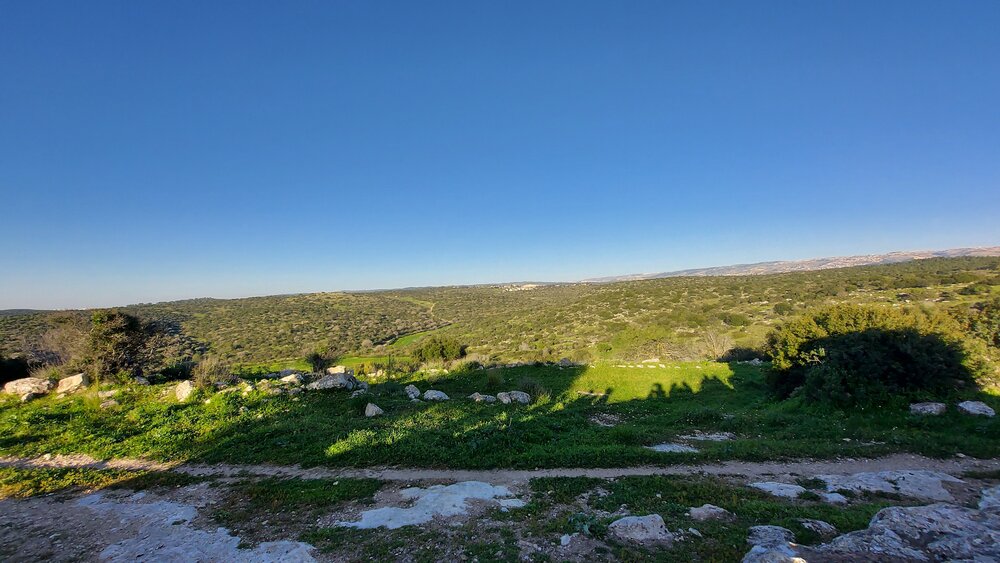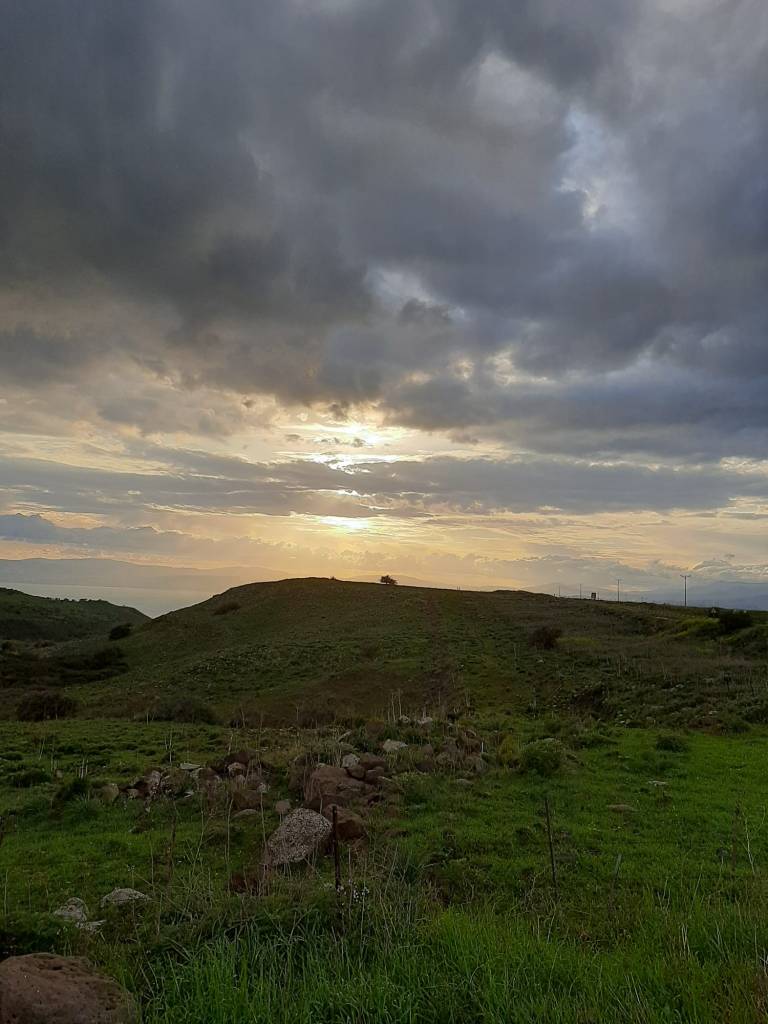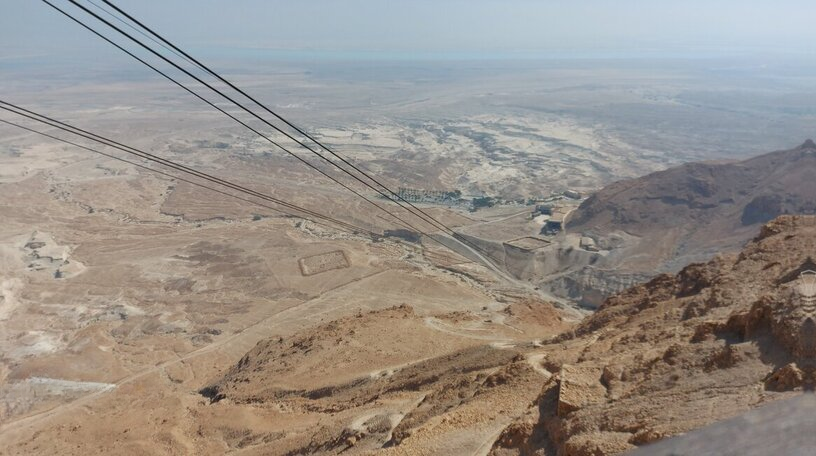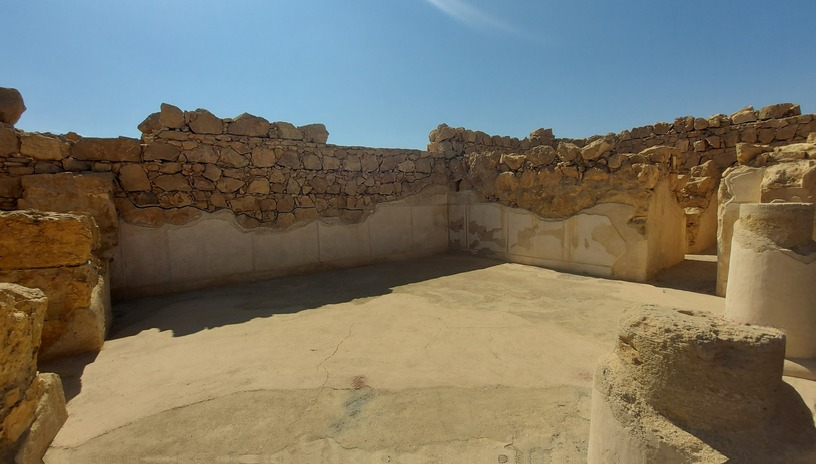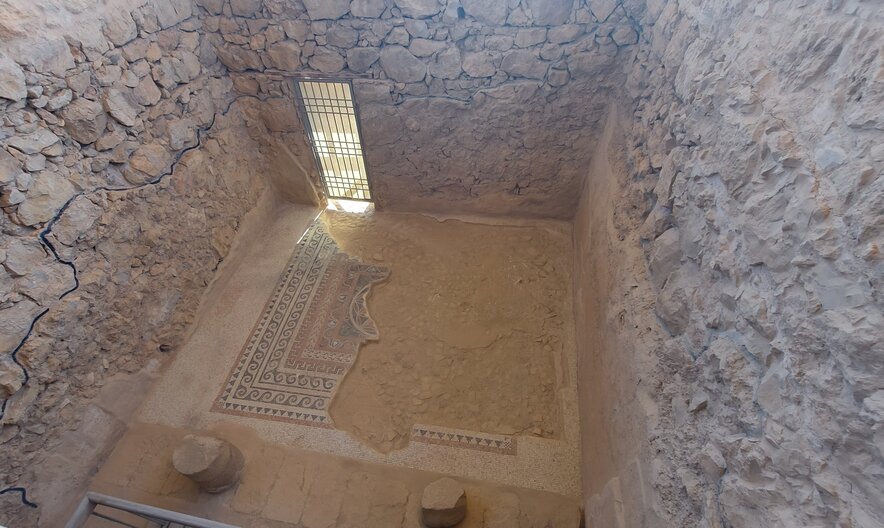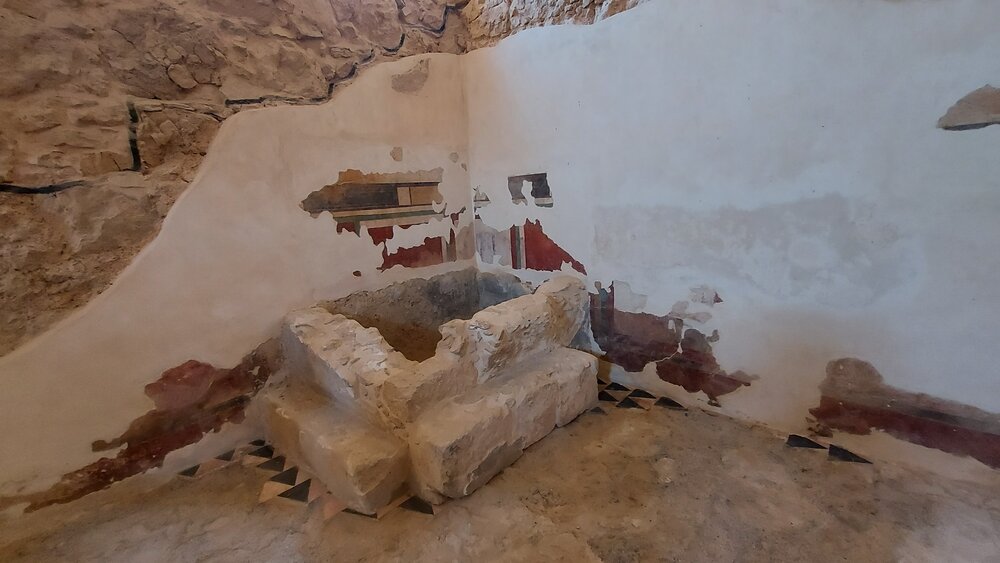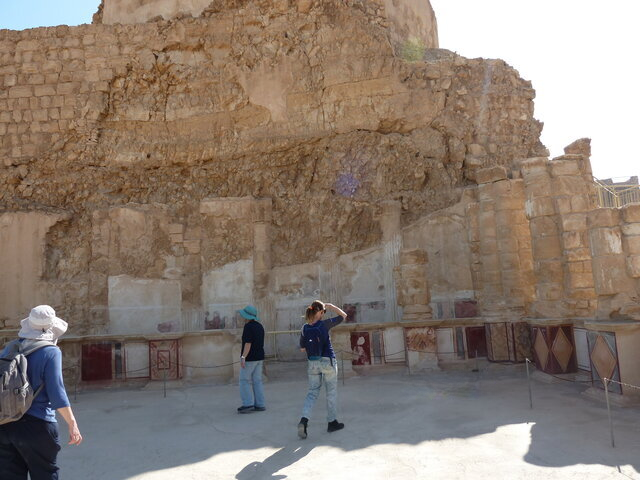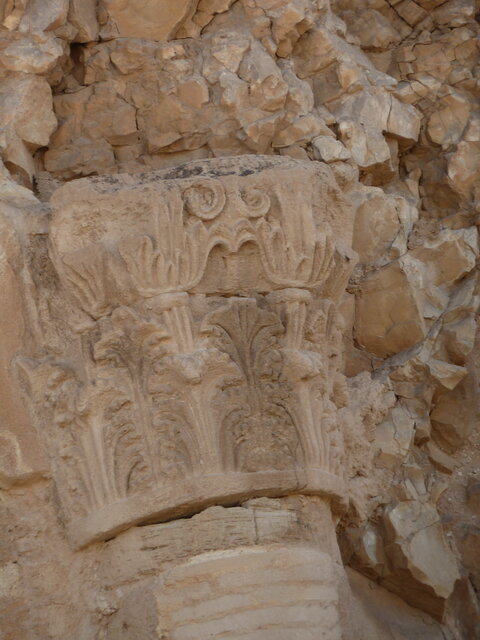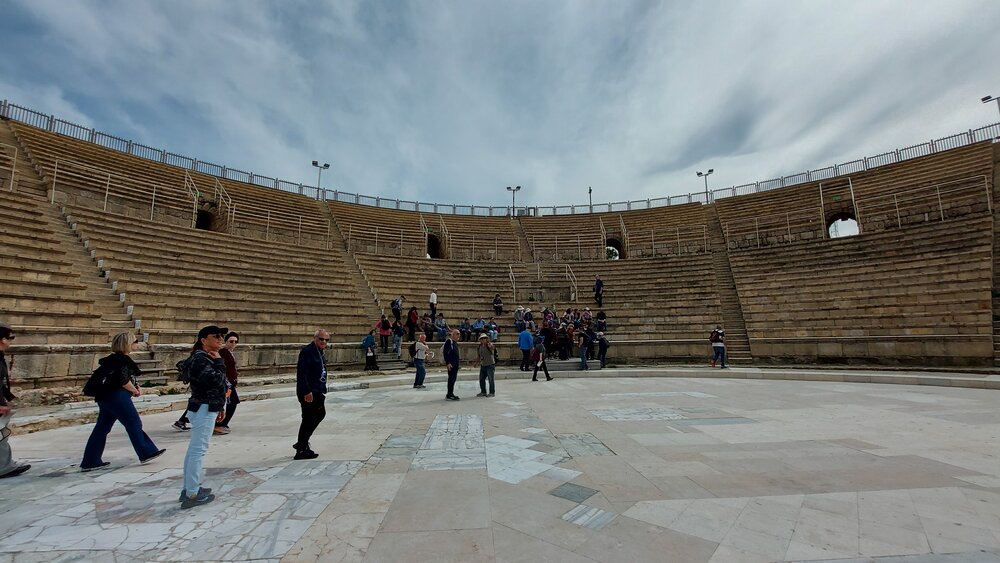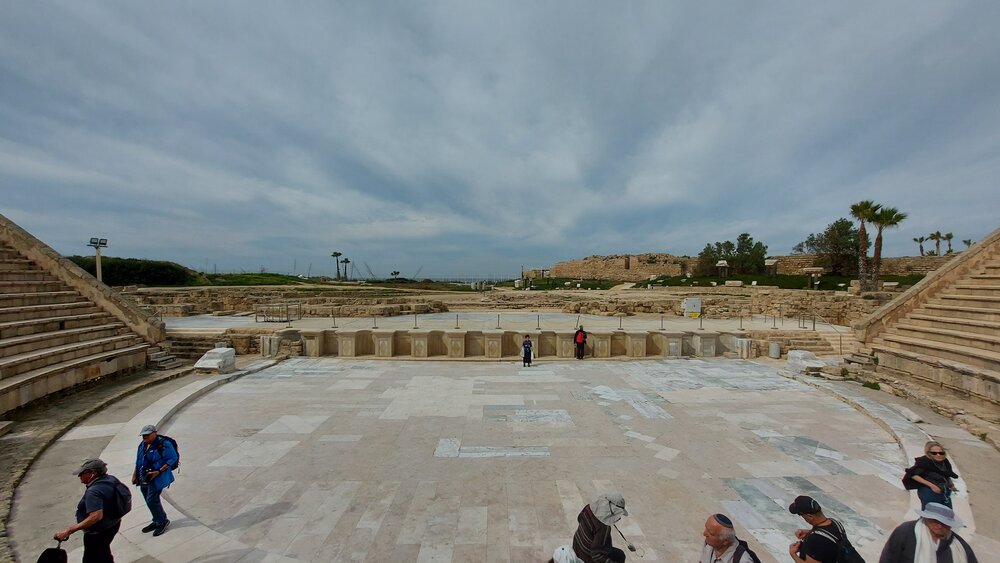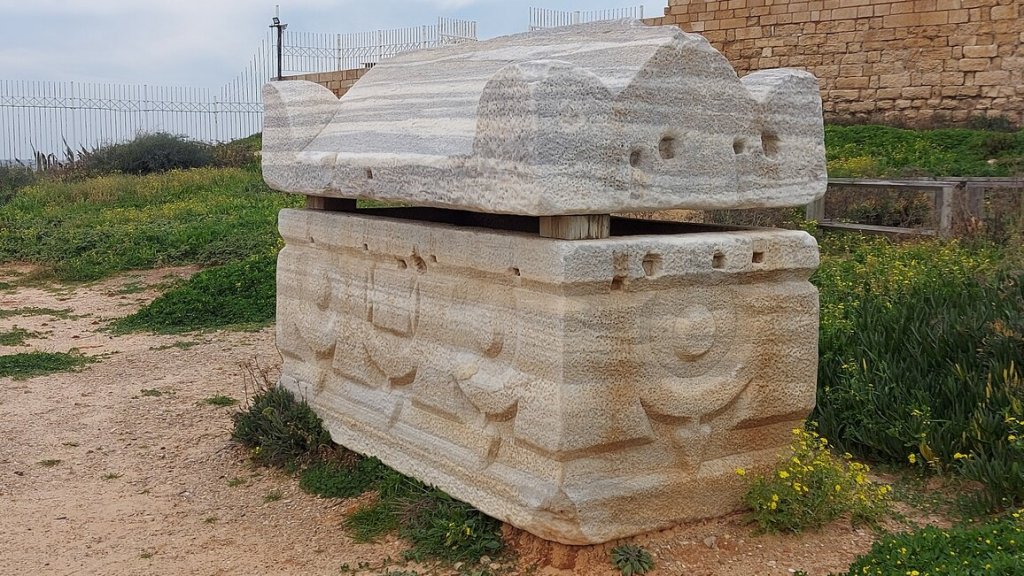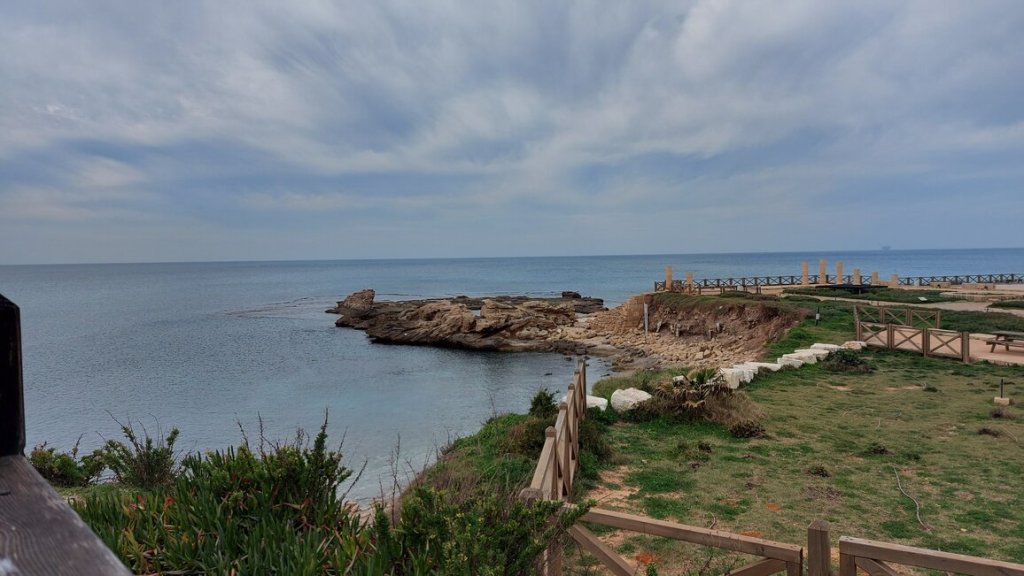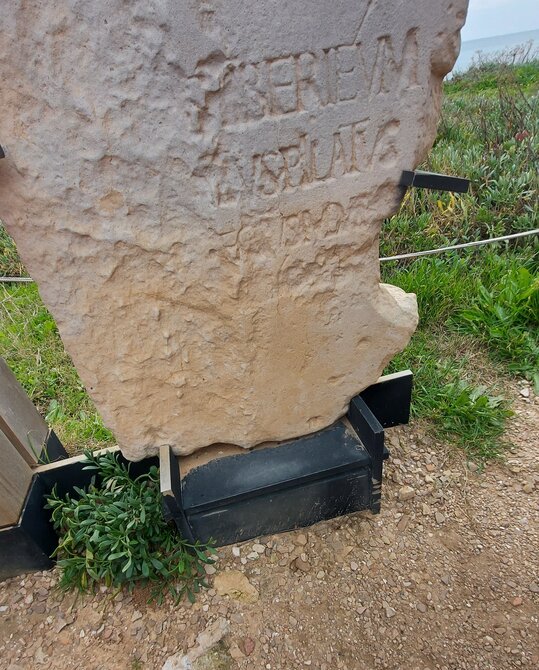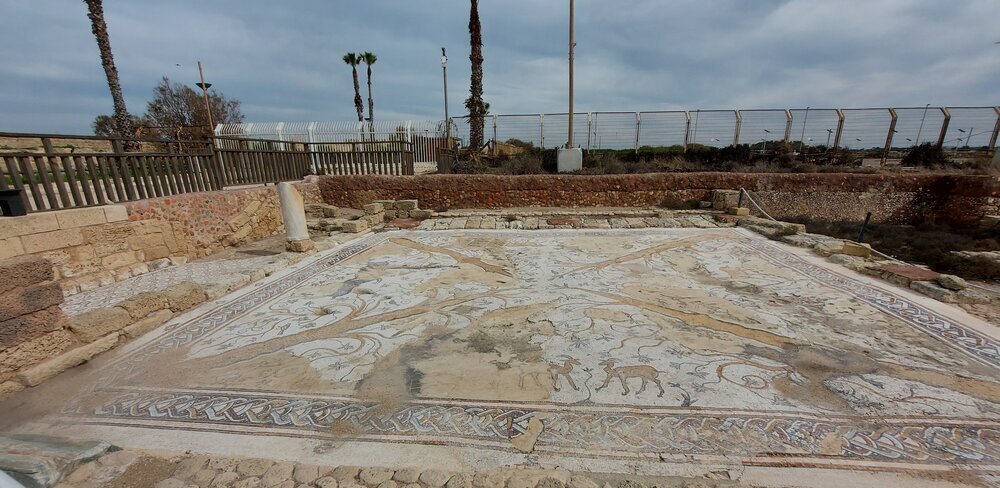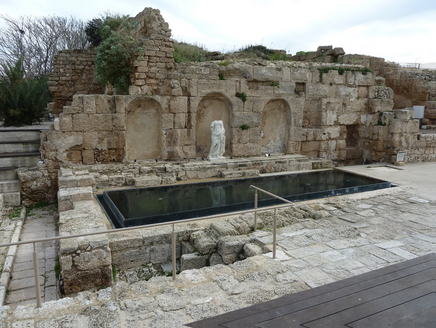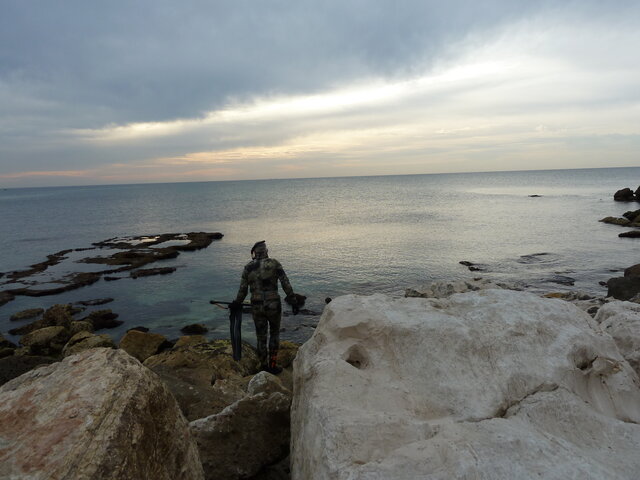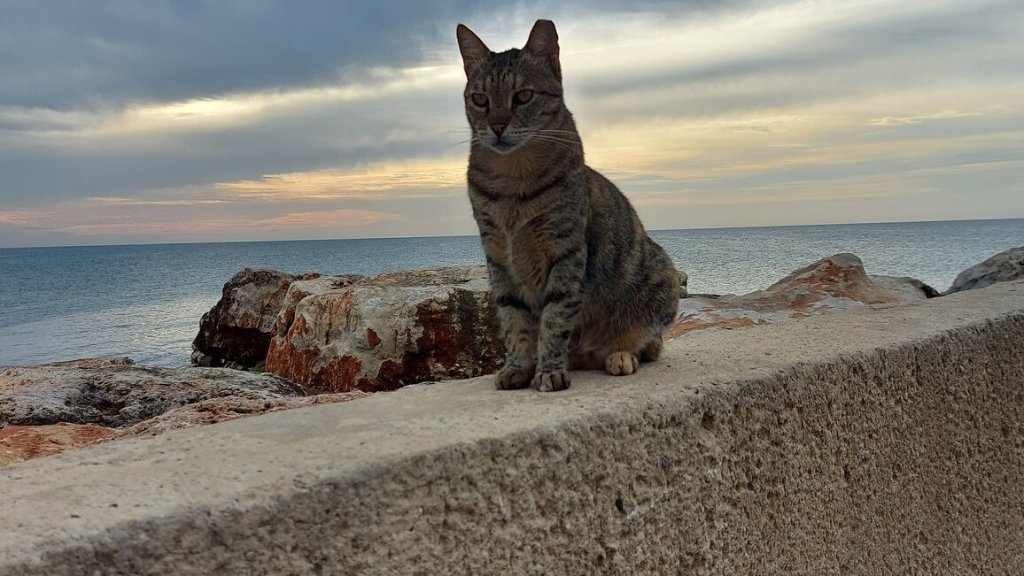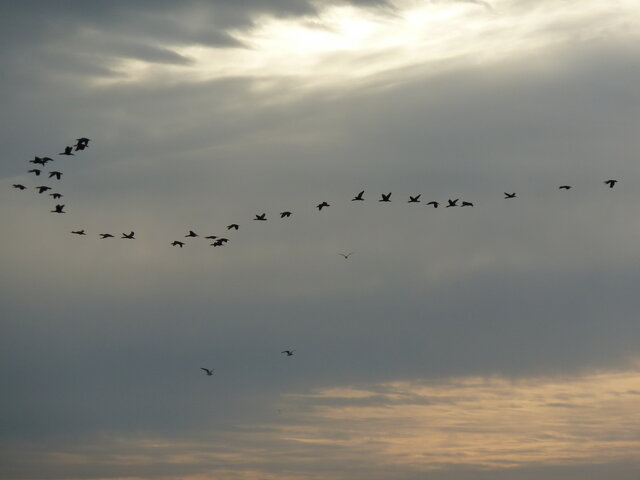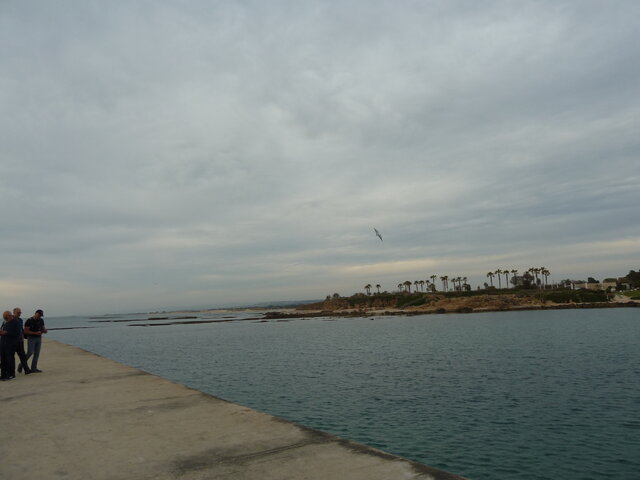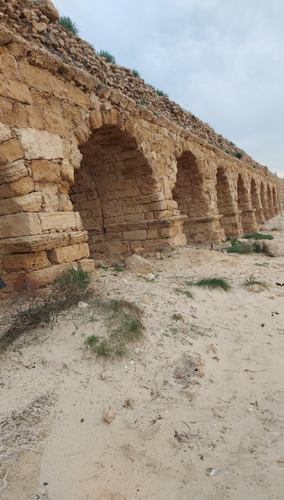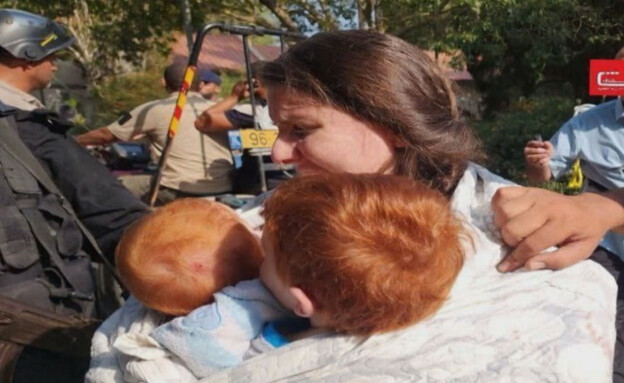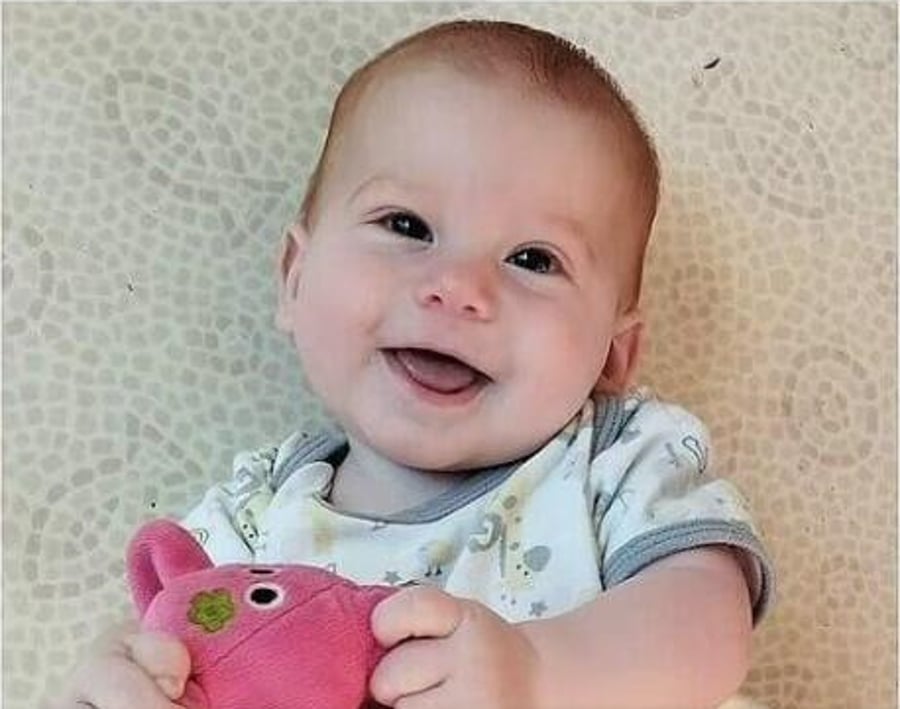This post, like most of my posts in recent months, was supposed to be about my trip up north last week with Yad Ben Zvi to Second Temple era sites around the Kinneret (Sea of Galilee). But the events of this past weekend have put that on hold and those of you who enjoy my regular “virtual tours” will have to wait till next week. And I make no promises about that, either. My editorial plans have a habit of being overtaken by events. Things happen fast here in the Middle East.
Where shall I start? Maybe with the disappearance last Friday of 14-year-old Binyamin Ahimeir from Jerusalem, who used to go shepherding at the weekends at a farm near the outpost of Malachei Shalom. He left the farm in the early hours of Friday morning. When, hours later, the sheep returned without him, he was declared “missing”, triggering widespread searches by police, the army and volunteers, amid fears that he had been kidnapped by terrorists. It was not until the following day that his body was found, quite close to the farm. He had been brutally murdered, his head smashed in with rocks. His personal belongings were found scattered near the body, as well as a bloodstained rock and a knife. His murder is being treated as a terror attack – and with good reason.
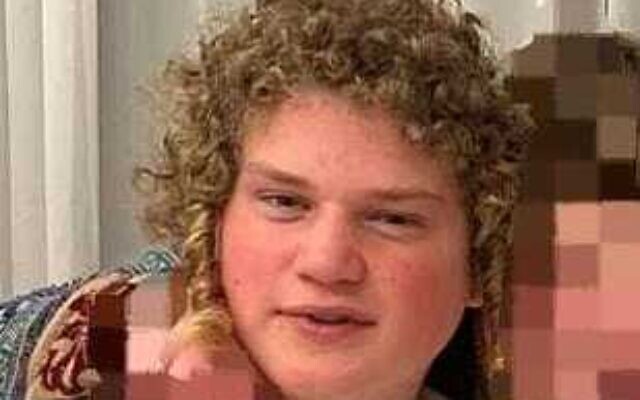
I doubt you will have heard about this in the foreign Press, except maybe in passing, in an article castigating Israeli “settlers” who went on the rampage in nearby Arab villages after the child’s mutilated body was discovered.
********
In stark contrast, I expect you have all heard about the unprecedented direct attack by Iran on Israel, the night between Saturday and Sunday. We knew it was coming. Iran has been waging a shadow war by proxy against Israel for years – and Israel has responded by targeting Iranian “advisors” in countries such as Syria, which act as hosts for the terrorist movements funded and controlled by Iran. Since, a couple of weeks ago, Israel liquidated an Iranian general who was the key coordinator between Iran and Iran’s proxy in Lebanon, Hizbollah, in the Iranian Consulate in the heart of Damascus, we knew the Iranians would retaliate somehow, but nobody knew exactly what the Iranians were planning or on what scale. US Intelligence had warned Israeli Intelligence that an Iranian attack was imminent within the next 48 hours and the Israeli public was instructed accordingly. On Saturday evening, the IDF spokesman informed us that the Iranians had launched a swarm of drone planes against Israel, and shortly after that, we were told that a battery of missiles was also headed our way.
Well, we are used to missiles and the instructions to Israel’s citizens were the same as always – Secured Safe Rooms for those who had them (my stepsister does, for example), or shelters, if there was time to reach them. Those who live in apartment buildings with communal shelters which could be reached in time (in Jerusalem, the Code Red alert system connected to Iron Dome allows for 90 seconds between the sound of the alert and the arrival of the missile, in other places much less) should go down to the shelters. If you can’t make it to the shelter in time, go to the building’s stairwell, which is usually an inside stairwell with reinforced walls. If you live on the top floor, go down one or two stories, to put more layers of protection between you and a projectile which might pierce the roof. If none of these options are available (in my building, we only have an external stairwell, for example – and I live on the top floor), choose an inside room or corridor, without windows. Not a bathroom, which are usually typified by lots of breakable glass and ceramics. Most injuries are caused by flying fragments, rather than by direct hits.
We haven’t had many Code Red alerts in Jerusalem during the current war with Hamas and Hizbollah. On the basis of the few we did have, I came to the conclusion that I was unlikely to have time to make it down to the shelter (six floors down, on an open stairwell, in the dark). Besides which, if the air raid sirens woke me up in the middle of the night, I would have no idea how long they had already been going, or how many of my 90 seconds had already elapsed. We were told by Civil Defence that the drones would take several hours to arrive and could be expected at between 2 to 4 am. Plenty of time to organise.
In previous attacks, by Hamas from the south and Hizbollah from the north, I have been using an inside corridor as my “Safe Space” (though the fact that I am on the top floor, directly under the roof, is still a problem). I decided not to change what has worked in the past, but to put my faith in God and in the Iron Dome and in our allies who would attempt to intercept the drones and missiles before they reached Israel (in that order). Accordingly, I removed the pictures hanging on the walls in the corridor (they are covered with glass – danger of flying fragments if they fell, besides which, they might fall on my head!)
My brother, in England, suggested that I also take a pillow with me, in case I had to sit on the floor in the corridor for longer than expected. Sound advice – and I’m really glad I took it.
I decided to go to bed and get as much sleep as I could – not really expecting that the enemy attack would include Jerusalem, home to the Al Aqsa mosque whose safety the Iranians always claim to be so fearful for.
I couldn’t get to sleep. Every now and then, I heard military planes passing overhead. It turned out later that the IAF had scrambled nearly all their planes, as the safest place for aircraft during an attack is actually in the air, rather than on the ground. At about 1:40 am, I began hearing distant booms. I sat up in bed, uncertain as to what I had heard. Then there were several louder booms, a couple seemingly right overhead.
Then – and only then – came the sirens. The Civil Defence app in my phone did not sound any alert! I sprang out of bed like a maniac, my heart pounding, grabbed my mobile phone, my tablet, a pillow and a bottle of water and ran out into the corridor, where I lay down on the pillow, and began texting family and neighbours. It appears that only one family, from the ground floor – Christian Arabs as it happens – had fled to the shelter. I tried to get the radio on my tablet over the internet, but, despite the fact that the internet was operational, I had difficulty in getting the radio. It kept freezing up. There were several more loud booms, some seemingly nearer, others further. The sirens had fallen silent. I waited about 15 minutes and then dashed back into the bedroom (only a couple of metres away) and turned on the radio. That was when I heard that the booms I had had heard were caused by the interception and destruction of ballistic missiles, one of them over the Knesset, one of them over the Al Aqsa mosque!!! I also heard that, in addition, there were Iranian cruise missiles on their way. I waited another 15 minutes in the corridor, posting on Facebook, then went into the living room and turned on the television.
What I gathered from the TV news was that Iran had launched a combined drone and missile attack on Israel, with both ballistic and cruise missiles, and that there were reports of a couple of people injured – one in the Arab town of Umm el-Fahm, and one in one of the Bedouin settlements.
Another half an hour passed, and after consultations with the neighbours and with family, we reached the conclusion that it was safe to return to our beds. My Christian Arab neighbours invited me to come and spend the rest of the night in their apartment. I was touched – but preferred to remain in my own home.
The vast majority of the drones and missiles were either shot down by the Israel Air Force and the air forces of our allies – notably the USAF and the RAF, and, I believe, also the Jordanian Air Force – or intercepted by our highly efficient Iron Dome air defence system. As far as I know, there was only one casualty – a 7-year-old Beduin girl, who was seriously wounded.
Iran, which pretends that the safety of the holy places of Islam is so important to it, endangered the Al-Aqsa Mosque, the third holiest shrine for Muslims, and the Israel Defence Forces saved it!
And the only casualty was a little Arab Muslim girl!
Now Iran is threatening that if Israel makes even the slightest response, they will retaliate in force – and are even hinting that they might “review their nuclear doctrine“.
For years, Israel has been warning of the dangers of allowing Iran to achieve nuclear capability.
Can you imagine what might have happened on Saturday night, if Iran had already crossed the nuclear threshold?
********


